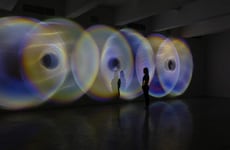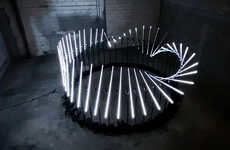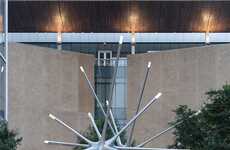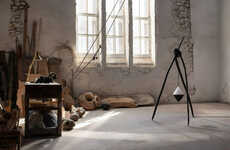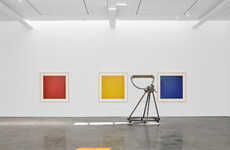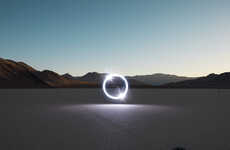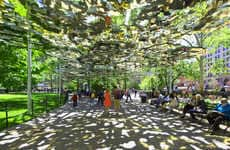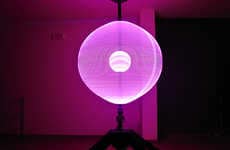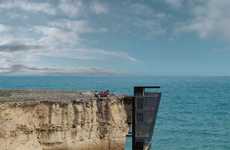
Craig Dorety's 'Division' Light Artwork Tests Limits of the Human Eye
Laura McQuarrie — September 25, 2014 — Art & Design
References: johanssonprojects & coolhunting
Craig Dorety's light artwork series called 'Division' is designed to push the limits of what we're able to see and perceive. As an artist with a background in mechanical engineering, Dorety has introduced light sculptures in the past that communicate what it is like to experience a migraine, or what it might be like to have synesthesia. In addition to his art and science background, Dorety is also a classically trained musician who is able to integrate sound into his works.
A lot of the time, such as in a work of art called 'Offset Circles—Fruits and Vegetables,' the changes in light levels are extremely subtle, making it look as though the layered circles are slowly pulsing. The Division art exhibition ran throughout the spring and summer earlier this year at Johansson Projects in California.
A lot of the time, such as in a work of art called 'Offset Circles—Fruits and Vegetables,' the changes in light levels are extremely subtle, making it look as though the layered circles are slowly pulsing. The Division art exhibition ran throughout the spring and summer earlier this year at Johansson Projects in California.
Trend Themes
1. Light Art - There is a significant opportunity for artists to innovate in the area of light art by exploring new ways to manipulate light to create highly realistic and emotive impressions.
2. Synesthesia-inspired Art - Artists have the potential to create truly unique experiences for their audiences by integrating the complex, multi-sensory experiences of synesthesia into their works.
3. Interactive Art - The integration of sound with light sculptures offers a powerful opportunity for artists to create truly immersive experiences for their audiences that engage all the senses in new and creative ways.
Industry Implications
1. Fine Arts - Fine artists have the potential to incorporate innovative new technologies into their works and thus create unique, interactive experiences for their audiences.
2. Lighting - The development of new lighting technologies could lead to the creation of highly realistic and dynamic environments that can be customized to the unique preferences of individual users.
3. Music - The integration of sound with light sculptures could lead to a new form of modern musical innovation, with artists creating highly sensory and immersive performances for their audiences.
1.4
Score
Popularity
Activity
Freshness

